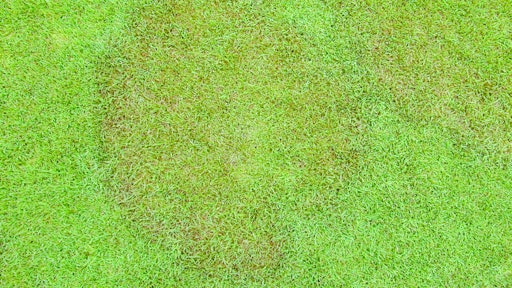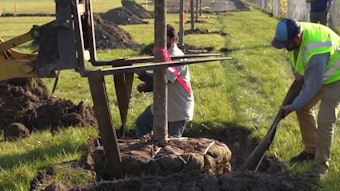
One of the many technical sessions at the 2014 Lawn Care Summit, Predicting & Diagnosing Turf Problems, was presented by John Sorochan, Ph.D., University of Tennessee. Here we offer highlights of Sorochan's discussion on how different types of diseases can help you diagnose lawn care problems.
There are several types of common lawn diseases, Sorochan says. Practicing good cultural practices can play a pivotal role in preventing them, while fungicides can also help correct them.
Large Patch (Brown Patch) – Favored by cool, wet weather in the spring around time of green-up.
Dollar Spot – Often indicates low nitrogen levels.
Fairy Ring – Favored by accumulation of organic matter. Grass may die within the ring. Dark green band may appear on inside or outside of ring.
Pink Snow Mold – Favored by poor airflow and high nitrogen levels in perennial ryegrass.
Pythium Blight – Favored by warm temperatures, wet weather and poor drainage.
Red Thread – Favored by poor airflow and low nitrogen levels.
Slime Mold – Favored by warm, wet weather, and moist soil and thatch. This disease is not considered harmful, although it may eventually block sunlight and inhibit photosynthesis, ultimately affecting turf health.
Spring Dead Spot – Favored by high nitrogen fertility in late summer, compacted and poorly drained soil, and excessive thatch.






























